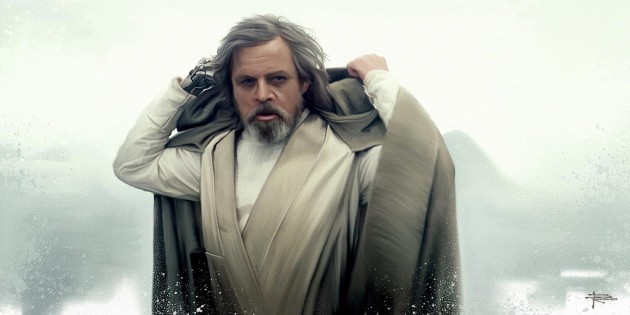Gender norms have never been fixed. The emerging edge of this conversation is gender expression. When famous people transition (Chaz Bono, Caitlyn Jenner, the Wachowski siblings) we’re fascinated. Some people are just scared. States have started passing laws barring people from using the restroom that doesn’t match the gender on their birth certificates, (if there was ever a solution in search of a problem…). Some say the fight for transgender equality is the last civil rights movement.
Under the cultural milieu of the bromance (love between two straight men) and men-in-heels is the polarity of masculine and feminine, the most basic, primal typology there is. These qualities are distinct from gender, and yet rooted in them.
Dr. Keith has been working with men for decades as a psychotherapist. When he talks about masculinity, he focuses on the Warrior archetype, and beyond that, what he calls the “Man of Wisdom”. The Warrior is that part of us that is willing to put our own welfare second to our principles or our passions, he says. (It originates in a man’s primal desire to defend his family). If all goes well, the warrior eventually paves the way for the Man of Wisdom to emerge.
As we expand our Warrior sense—it’s a form of horizontal health—at a particular point we transcend into Wan of Wisdom. The Warrior is on his mission, it’s about meeting the dragon and discovering himself through ordeal and initiation. The Man of Wisdom is not about discovering himself—he has discovered himself—and it’s not about proving anything to himself—he’s proven everything he needs to prove. The Man of Wisdom wants to channel Spirit and wisdom from the other world into the collective. –Dr. Keith Witt
These archetypes are embodied at every stage of development.
In the podcast, Dr. Keith and Jeff expound on:
• The nature of masculinity, and how evolution is creating bigger categories for us to inhabit
• The move from adolescent to Warrior, and from Warrior to Man of Wisdom
• Inhabiting the Warrior in body, mind and spirit; expressed in self, culture and nature
• The Warrior’s relationship to violence
• How men are programmed, genetically, to explore these archetypes, and the feminine versions of them
• The pitfalls of doubt and endogenous shame that occur along the way
We hope you enjoy this episode of The Shrink & The Pundit. Find more episodes here.
Star Wars, Luke Skywalker and the masculine archetypes
 The Star Wars saga is a good cultural example of the archetypes Dr. Keith and Jeff talk about in this podcast. In the first movie, Star Wars Episode IV, made in 1977, we’re introduced to a young Luke Skywalker. He lives on a desert planet and complains to his mother and step dad about his chores. In the next movie we watch him answer the call to adventure, and finally in the third installment, he fully embraces the identity of the Warrior and becomes a Jedi Knight.
The Star Wars saga is a good cultural example of the archetypes Dr. Keith and Jeff talk about in this podcast. In the first movie, Star Wars Episode IV, made in 1977, we’re introduced to a young Luke Skywalker. He lives on a desert planet and complains to his mother and step dad about his chores. In the next movie we watch him answer the call to adventure, and finally in the third installment, he fully embraces the identity of the Warrior and becomes a Jedi Knight.
In the recent movie, The Force Awakens, Episode VII, released this past December, a lot of time has passed since those days, and at the end we’re briefly introduced to a man who has become a myth. He’s older and wise; a hermit on a water planet, with flowing robes and a grey beard. It’s Luke Skywalker, Man of Wisdom, who resembles the Obi Wan Kenobi (“Old Ben”) who was his mentor in the first movie.
 Send your questions and comments for the show to [email protected]. Record a voice memo on your smartphone or use the Speakpipe button to the right.
Send your questions and comments for the show to [email protected]. Record a voice memo on your smartphone or use the Speakpipe button to the right.
Podcast: Download
Subscribe: Google Podcasts | RSS






